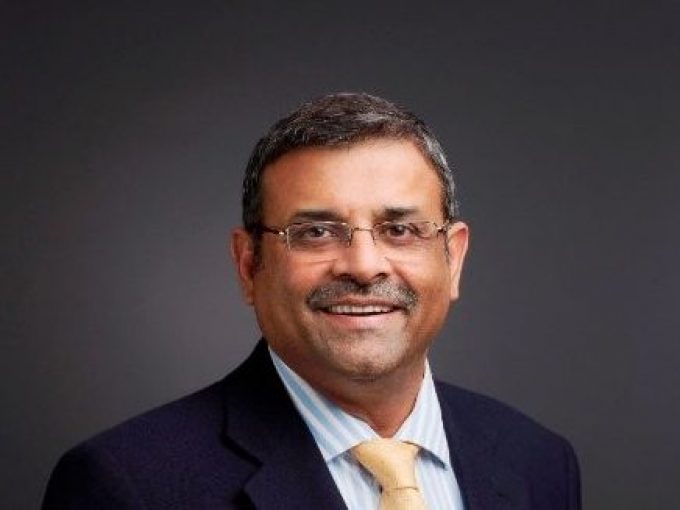For forwarders, 'a hot Q4' will be all about controlling air cargo capacity
“Capacity is going to be king for the rest of 2024.” That’s the word from forwarders ...

The air cargo industry needs to step up its drive to digitisation to make significant progress, according to industry sage and former head of Emirates SkyCargo, Ram Menen.
He said the industry had been talking about this for years, and there had been some progress, but relatively little in the way of fundamental change, he added.
“There has been an evolution of terminologies like ‘last mile’ or ‘middle mile’, but the process is still the same as before. The industry has not achieved the level of changes that it could.”
Other industries have made more headway, he noted, such as postal and e-commerce networks, in terms of visibility and traceability of shipments, but this had been due to more advances in technology.
“We’ve been behind the curve in technology adoption,” he said and stressed that digitisation would be key to move the air cargo sector forward.
“The only way forward is digitisation. Take the human being out of the equation as much as possible and let the machines do the communication; that will create better efficiencies,” he said.
The industry is impeded by supply chains being highly fragmented. In the absence of communication along a supply chain, that would enable the development of collective efficiency, the individual parts attempt to create efficiencies for themselves, but some of these efforts may actually produce inefficiencies for the following part, and result in overall inefficiency, explained Mr Menen.
This made it critical to develop a better understanding of the interface points, and what can go wrong there, he added, and pointed to security and customs clearance as key bottlenecks in the process.
“We have made some progress there, but not enough,” he said.
A fundamental problem lies in different readings of regulations that govern the processes. They are open to interpretation, which results in different applications of rules in different locations. This creates uncertainty, confusion and an uneven playing field, as implementation of rules is more or less stringent from one location to another.
“All regulations are written down and manualised. When somebody is implementing, they go back to the text. That’s where different readings occur and you end up with different versions,” he said.
“People interpret texts differently, partly to make money. Computers don’t do that,” he continued. “If you have two machines talking to each other, you get a common thread, which means rules will be implemented consistently.”
Digitising the clearance process, which is repetitive, would allow it to be automated, leaving human intervention for situations where the computer detects an anomaly outside its scope, he said.
Artificial intelligence is all about data, so everything hinges on correct data input, and “the onus is on you to provide the right data”, added Mr Menen.
He acknowledged that there was a lot of scepticism about artificial intelligence, and about sharing data, but argued that concerns about information getting into the hands of the wrong people could be addressed. Companies use authorisation of access internally, so they can do the same externally, he said, adding that manipulation of data along the way could be prevented using blockchain technology.
He is looking to the up-and-coming people in the industry to drive adoption, noting that the younger generation has fewer worries about technology than current industry leaders.
And one further obstacle remains to be removed from the scene to enable smooth flow of data, he concluded.
“You’ve got to get rid of legacy systems,” warned Mr Menen. “You can’t build a modern platform on a legacy system.”
Comment on this article